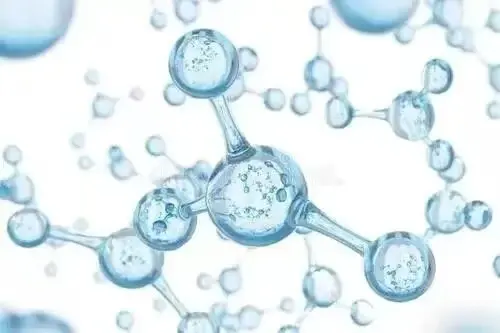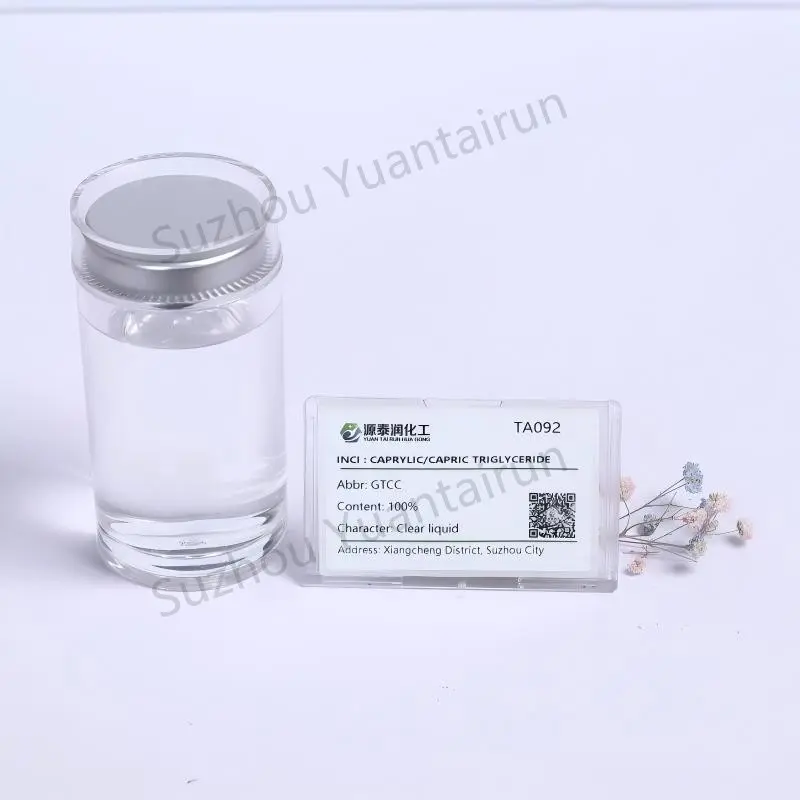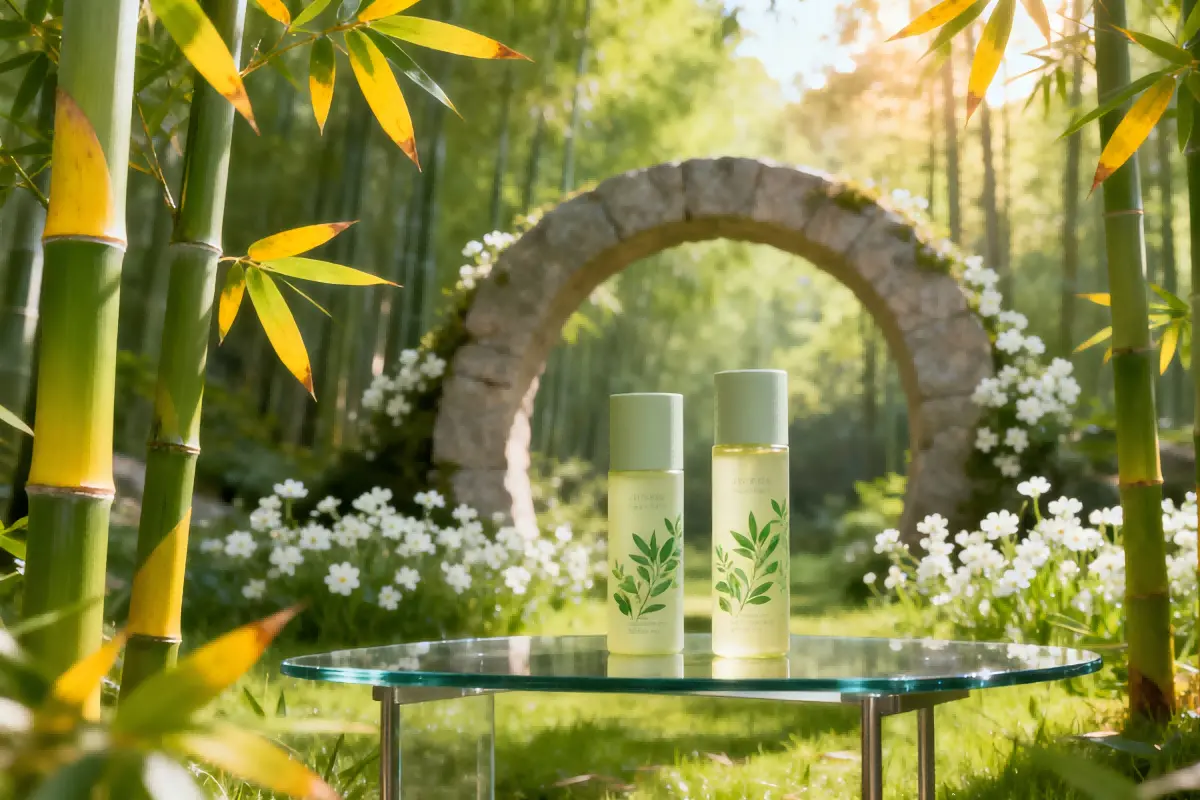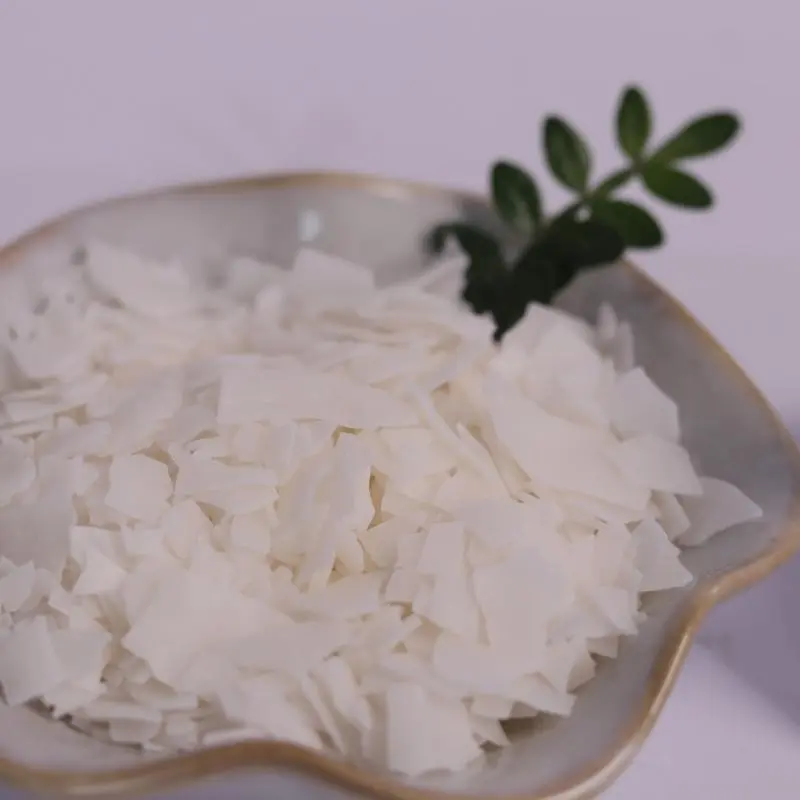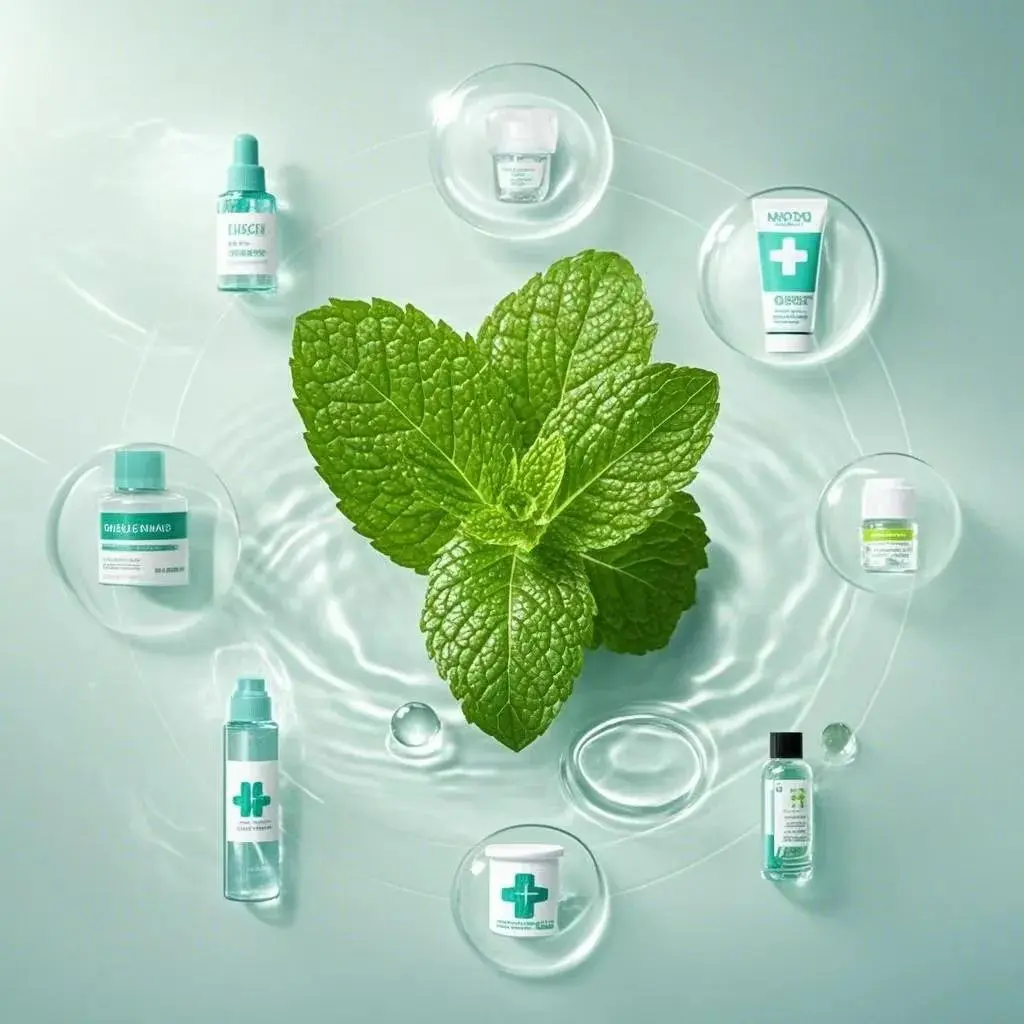Have you ever encountered the issue of menthol being insoluble in water?
Menthol is a cyclic monoterpene compound with the chemical formula C10H20O. It exists in two forms: naturally extracted from mint leaves and stems, or artificially synthesized.
Menthol is a hydrophobic solid with a solubility of less than 0.01% in water at room temperature. The following methods can be considered to improve the solubility of menthol in water:
The way to improve the water solubility of menthol:
The use of emulsifiers or surfactants, such as polyglycerol esters (PEG series) and Polysorbate, can help disperse menthol in the aqueous phase. These emulsifiers form an emulsion that ensures uniform distribution of menthol throughout the aqueous solution.
Microemulsions and nanoemulsions: These techniques are commonly used to enhance the dispersion and stability of fat-soluble substances in water by modifying particle size.
Use of solvents or co-solvents: The selection of appropriate co-solvents, such as ethanol, propylene glycol, etc., can increase the solubility of menthol in water, especially for diluents in formulations.
Chemical modification: Chemical modification (e.g., esterification) of the molecular structure of menthol can improve its water solubility, which is often used in formulations that require long-term water solubility characteristics.
Temperature and pH adjustment: Sometimes appropriate temperature and pH adjustment can also improve the solubility of certain fat-soluble substances in water, but this usually has limited effect on menthol.
The specific method can be selected according to your formulation needs and actual application scenarios. If used in skin care products or cosmetics, emulsifiers and surfactants are more common and effective ways.

